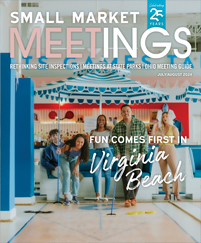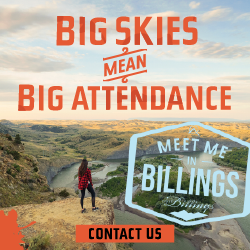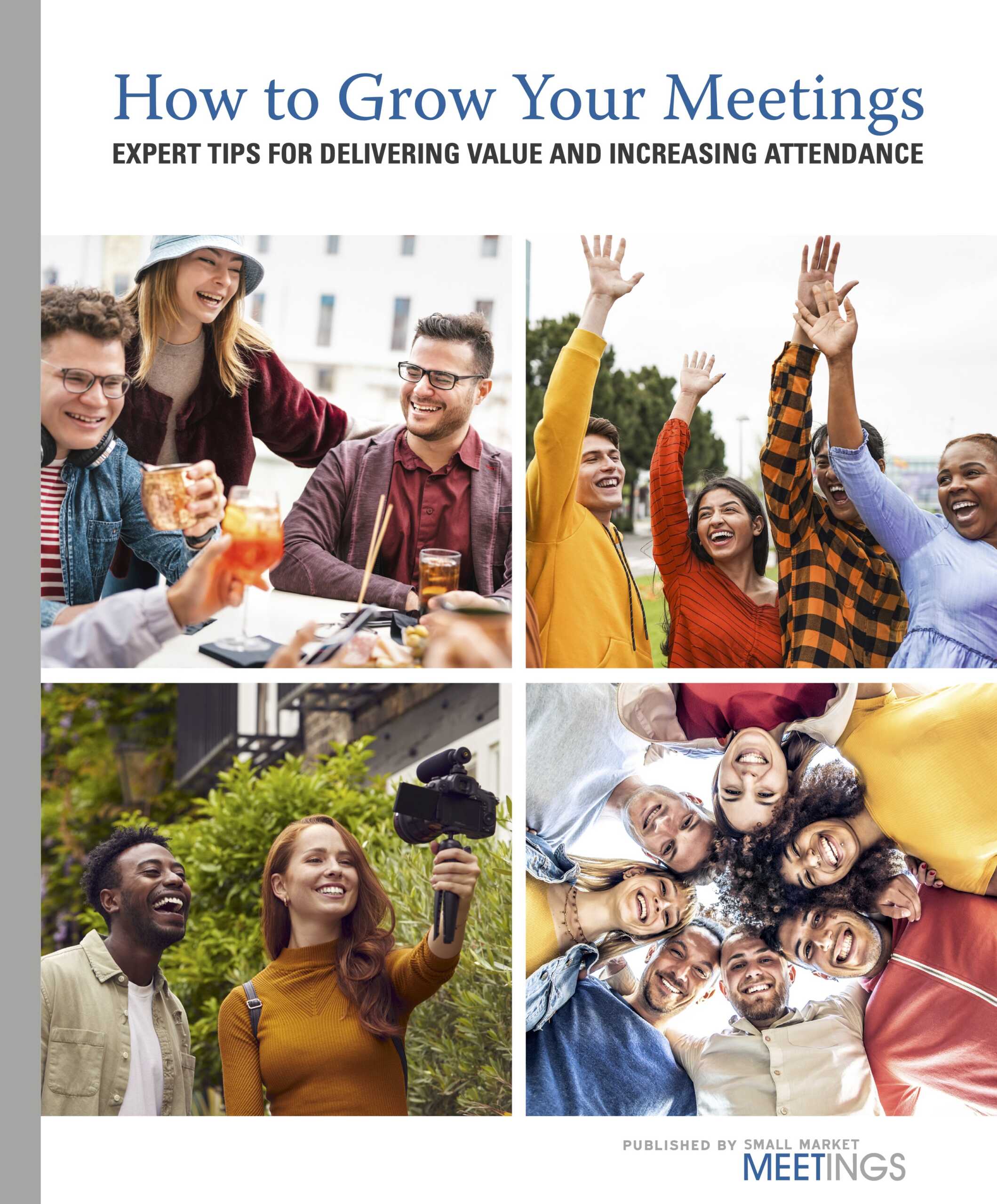A successful meeting is a fruitful meeting.
Traditionally, this means stakeholders and organizers get a good return on investment and achieve their objectives. However, it’s equally important that a meeting or event be of value to those taking time out of their busy schedules to attend. To keep attendees satisfied and excited about events to come, they need to get the most out of their experience at an event.
Although meetings differ in terms of themes and objectives, there are overall strategies planners can use to deliver the most value to attendees. Here are some tactics event planning experts use.
Let the Attendees Decide
No two meetings, conferences or events are attended by exactly the same group, so what’s valuable to the attendees will change every time. So, the best way for a planner to ensure they’re delivering the most value at every event is to let attendees decide what’s important to them.
“You can create a conference on the fly, that basically, the attendees build themselves out of what they want and need and resources in the room,” said Adrian Segar, consultant, meeting facilitator and author of “Conferences that Work: Creating Events that People Love.”
Segar’s process is all about letting the attendees figure out what they want to do and discuss it in real time. This involves creating an event that’s flexible instead of fixed, which allows each conference to be tailored to the needs of those particular attendees.
In addition to choosing what is discussed, Tess Vismale, founder and CEO of iSocialExecution, an event rescue and execution firm, said attendees should be able to choose how their content is delivered. In a time of Zoom fatigue, burnout and reduced attention spans, this is especially important. It could include reducing the length of sessions, delivering more impactful content in smaller bites, adding extra breaks or ensuring the content is accessible in multiple ways.
Vismale encourages planners and facilitators to ask the question: “What kinds of things are you doing to make your content a good experience for all?”
Getting to know attendees up front allows planners to consider their unique needs in the event-designing process. Learning more about attendees can be as simple as asking questions about their learning styles or personalities during registration.
“You have to listen to your audience,” said Tonya Almond, former vice president of knowledge and experience design for the Professional Convention Management Association.
Foster Connections
Making connections is one of the most important aspects of any meeting or conference. When attendees connect, delivery of the event’s main messages improves and a conference becomes a more enjoyable and personable experience for all.
Traditional meetings and conferences often involve a lecture-style format, but having sessions where attendees can communicate and interact with each other has far more impact. In addition to serving as an icebreaker and making attendees more comfortable, it makes them active participants instead of passive listeners.
One way to help attendees make connections is by identifying what participants have in common with one another. It can be as simple as having a group break into smaller groups based on where they live. Or, provide prompts and have people discuss their answers in small groups. No matter how it’s done, facilitating conversations among attendees is a surefire way to foster a sense of closeness within the group and make the event a positive, memorable experience for them.
“You build a community at a conference, and that’s of tremendous value to attendees,” Segar said.
Meeting new people also allows attendees to expand their business or personal network. People want to make new connections so they can exchange ideas and collaborate.
“There’s so much you can learn from that peer-to-peer knowledge exchange,” said Almond.
The connections don’t have to be confined to the meeting or conference sessions; breaks are also an ideal time to connect with others, which is another reason why they’re important.
Harness Emotion
The term return on investment is a well-known marker that’s used to determine how successful an event is in the eyes of stakeholders and organizers, but it doesn’t do a good job of measuring how successful the event was for attendees. This is where return on emotion, or ROE, a term that’s gaining ground in the planning and marketing world, comes in handy, according to Vismale.
ROE is used to describe how certain emotions make an event stand out to those who attend it. These emotions are hopeful, adventurous, active, accepted and motivated. So, invoking these emotions in attendees is an excellent way to ensure the event is valuable to them.
“People come together and want to be inspired,” said Almond.
Some of the emotions are easier to channel than others. Motivation is one example. A planner can select a keynote speaker or message to make attendees feel hopeful or inspired to make changes in their careers or lives. And there are ways for planners to incorporate each of these emotions into their event at every step. For instance, promoting audience engagement or choosing activities that require participation might make them feel active, while structuring the event in a way that encourages peer-to-peer interaction may help them feel accepted.
While incorporating certain emotions will make events valuable, taking steps to eliminate other feelings, such as stress or boredom, may be equally important. Today’s world is fraught with uncertainties and stressors. Addressing audience needs and being extra accommodating may cut back on anxiety. Likewise, making the event interactive could help alleviate boredom.
Invite Reflection
When a meeting is nearing its end, taking a moment to pause and encourage attendees to reflect is a way to help them continue to benefit from the event.
Segar recommends hosting a couple of sessions near the end of the meeting that ask participants to think about what they learned and, more importantly, how they’re going to use this information in their lives to reinforce their new knowledge. One of these sessions could be introspective, inviting participants to take stock of what they’ve learned about themselves. The other could be group collaboration to discuss new knowledge and brainstorm future endeavors. Asking attendees to assess their time at the meeting or conference in an honest and meaningful way helps them apply what they’ve learned and use it in their daily lives.
“If people go to a conference and nothing changes in their lives afterward then it wasn’t successful,” Segar said.
Reflection not only helps attendees reinforce the event’s value, it can also help planners evaluate their processes and prepare for the future.
Sending surveys, particularly surveys that assess an event’s ROE, is an excellent way to have people reflect on the event and how it made them feel. Vismale said ROE surveys help event planners and strategists gain “a sense of what that participant journey should be.”











